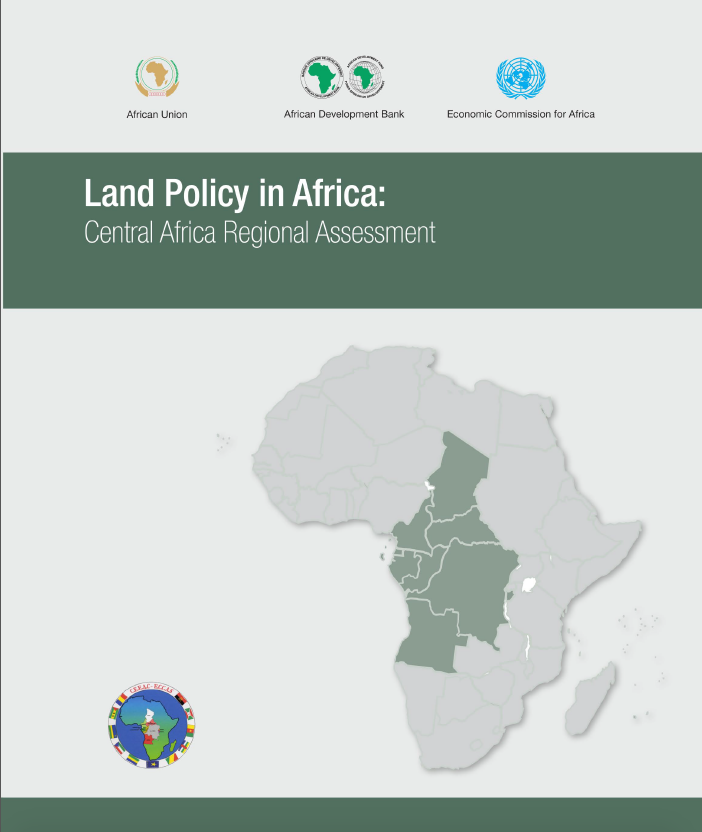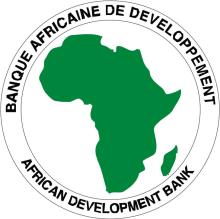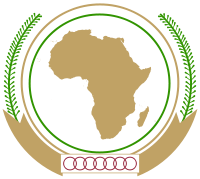Resource information
The Central African region includes Angola, Burundi, Cameroon, Central African Republic, Chad, Congo, Democratic Republic of Congo, Equatorial Guinea, Gabon, Sao Tome & Principe. The region is characterized by its high diversity, as it reflects all types of ecosystems of the continent. The region is most known as hosting one of the world’s richest forest biodiversity as well as valuable natural resources such as mineral resources and oil. The population of Central African region was estimated at some 121 000 000 inhabitants in 2007. However this population is unevenly distributed. While certain countries as Burundi are experiencing high population density (300 inhabitants/ Km2) others have less than 5 inhabitants/ Km2. In all countries of the region, rapid urbanisation is a heavy change trend. The region has a specific political and institutional context, due to a complex colonial history. France, Great Britain, Germany, Belgium, Portugal and Spain are among the European colonial powers who dominated the region.
State sovereignty over land is common in quite all Central African countries, and is usually associated with non recognition of customary based land rights held by local communities. Other top land issues in the region include: lack of clear land policy, inadequate land laws and legal pluralism; gender issues with special attention to access of women and indigenous people; weak capacity in land policy development and implementation; excessive centralization of land administration systems and poor land governance. All these issues converged in fueling some of the major crisis and conflicts in the continent. Key land policy challenges in the region relates to: good governance of land resources, including participation of non state actors in land policy processes; sustainable management of natural resources, forests in particular; economic growth and poverty alleviation; peace and security.
Current land policies and laws in the region are deeply influenced by the colonial legacy. Customary based land rights are denied by these laws while state sovereignty over land is strongly proclaimed. The region showed very little experience in land policy formulation and in participatory approaches. Most land related reforms undertaken are done through sectoral and ad hoc interventions. Through Ministries in charge of lands and domain, the state plays a prominent role in land policy implementation. In certain instances, semi-public agencies are established to assume specific responsibilities such as financing social housing programmes. However non state and even informal actors are tolerated as they appear to be useful in filling the void left by the state in certain areas. Urban Development Master Plans and Land Occupation Plans are tools most commonly developed and used in urban and pre-urban areas. However, rural areas lack specific land tools, which resulted in poor effectiveness of land policy and laws in the rural areas and to increasing conflicts related to land in the region.
Currently, there is no significant experience of land policy development process in Central Africa. Apart from efforts to simplify procedures for issuing land titles, key land policy changes in the region are observed mainly in specific sectors such as forests and mining.
In order to make progress in land policy development and implementation in Central Africa, it is crucial to promote participatory monitoring and evaluation of land policy processes, in order to learn from past successes and failure and improve future land policy processes. In this respect, building appropriate human, institutional and financial capacity is a pre-requisite.




